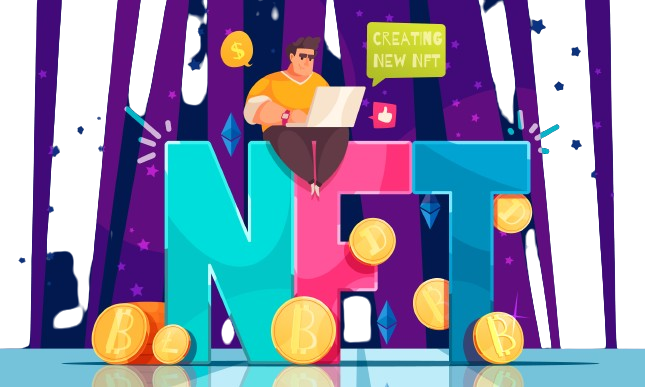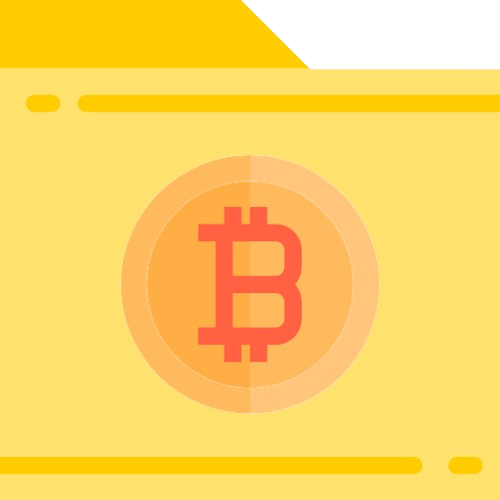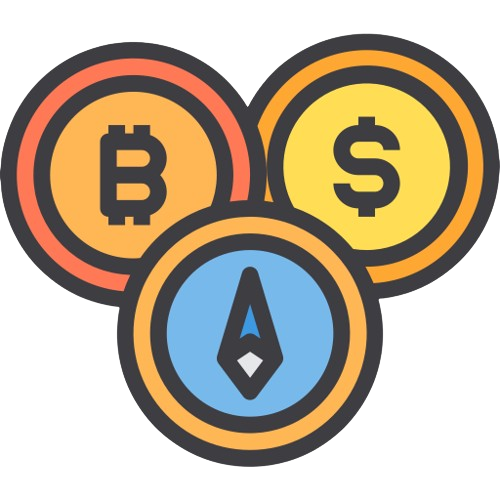
Non-fungible tokens (NFTs) represent one of the most transformative applications of blockchain technology. By unlocking digital ownership and scarcity, NFTs have fueled entirely new crypto economies for digital art, collectibles, metaverse assets and more. Yet for beginners, the technical complexities of creating, buying and selling NFTs can seem daunting at first. This guide aims to demystify NFT minting and marketplaces while exploring best-in-class wallets for secure participation.
Demystifying NFTs

At their core, NFTs transform digital files into verifiable unique assets tracked on a blockchain. Tokens represent ownership of underlying items like art, music, videos, avatars, domain names and more. Blockchain verification provides proof of authenticity and scarcity.
The Ethereum blockchain currently dominates NFTs with ecosystems like OpenSea, Rarible and SuperRare. However, upstart blockchains are expanding the NFT landscape with new functionalities.
For creators, NFTs unlock public proof of ownership and saleability for their digital works. Buyers gain a transparent display of rights. NFTs foster direct creator relationships and enable new markets.
Setting Up Digital Wallets
To start creating or purchasing NFTs, setting up a suitable crypto wallet is essential:
– Web wallets provide an easy onramp for beginners to access DApp marketplaces and Web3.
– Hardware wallets such as Ledger add top-tier security for valuable NFT holdings linked to the device.
– Mobile wallets like Coinbase Wallet or AlphaWallet enable accessing NFT platforms on the go conveniently.
– Ensure you hold the wallet’s seed phrase or private keys before transacting to control access.
– Fund wallets that support major cryptocurrencies like ETH to pay gas fees for minting and trading.
With a properly configured wallet, it’s easy for anyone to safely participate in NFT ecosystems.
Navigating NFT Marketplaces
The open nature of NFTs allows trading across a diverse and growing range of marketplaces:
– Popular general marketplaces include OpenSea, Rarible, SuperRare, Foundation, NFTrade and LooksRare.
– Niche marketplaces exist for specific niches like photography, music, domains, virtual worlds, collectibles, and more.
– Evaluate factors like transaction volume, audience focus, creator tools, fees and blockchain support when choosing between marketplaces.
– Browse categories that align with your interests as a creator or collector when discovering new projects.
– Follow official social media feeds from top marketplaces to learn about emerging projects, trends and announcements.
By exploring both mainstream and niche NFT ecosystems, you can tailor experiences around specific interests while discovering hidden gems.
Minting and Selling NFTs
For creators ready to mint their first NFTs, here are some best practices:
– Upload your work to IPFS or Arweave for decentralized storage that generates a persistent URL.
– Pick the right blockchain, marketplace and minting method based on your art, audience and goals.
– Include a title, description and other metadata to provide context around your work.
– Price your NFTs in line with the broader category or niche using an auction or fixed price.
– Market creatively on social media, communicate with collectors, and build community around your art.
– Let your NFT feed your future work – retain licenses and leverage the artwork within your brand.
Approaching NFTs through a deliberate, thoughtful strategy tied to your artistic vision and career arc unlocks true value.
The Future of NFTs
While NFTs already redefined digital ownership, possibilities remain:
Virtual worlds and Metaverse integration will provide new utility and display options.

Social tokens and DAOs will emerge tied to creator brands with engaged fanbases.
Adoption on Wall Street could introduce NFTs into regulated financial markets.
Blockchain interoperability could allow cross-chain NFT trading and fungibility.
NFTs could ultimately transform how we assign value and rights to creative works, identity, virtual concepts and online communities. Wallets will serve as the bridge between users and these decentralized ecosystems.
Conclusion
NFTs represent a seismic shift in how creators relate to their audience, and how value can accrue around digital content. However, a thoughtfully configured Bitcoin wallet or any other crypto wallet is mandatory for securely transacting NFTs. By selecting user-friendly wallets suited to their needs, both creators and collectors can confidently participate in this blockchain-enabled revolution. Far from a fad, NFTs have triggered a reimagination of digital ownership, assets and communities that has only just begun.